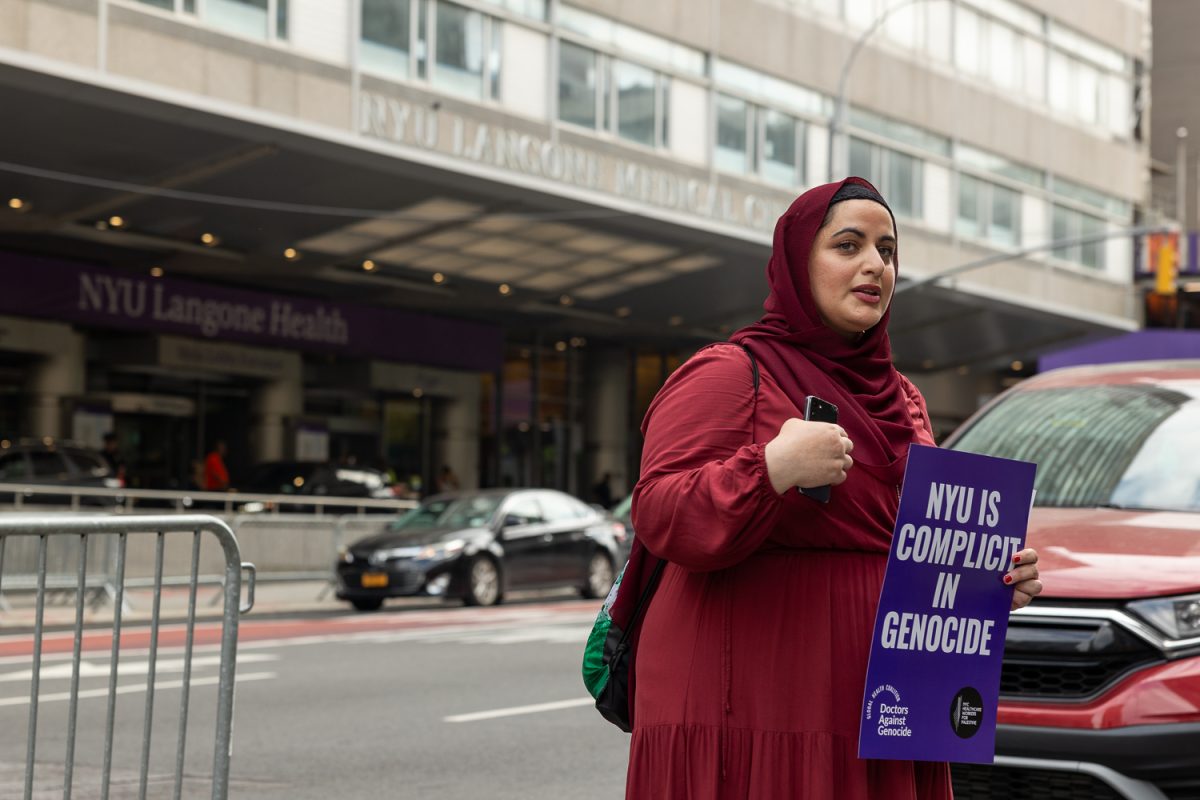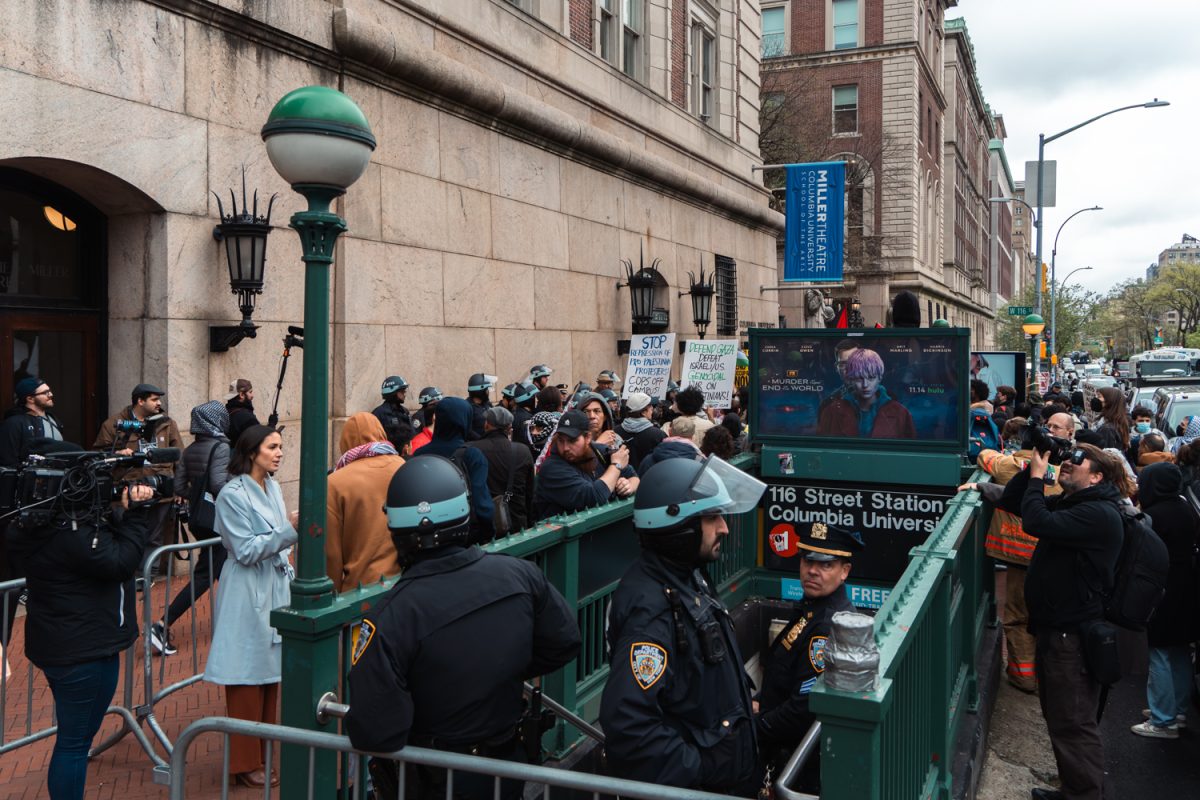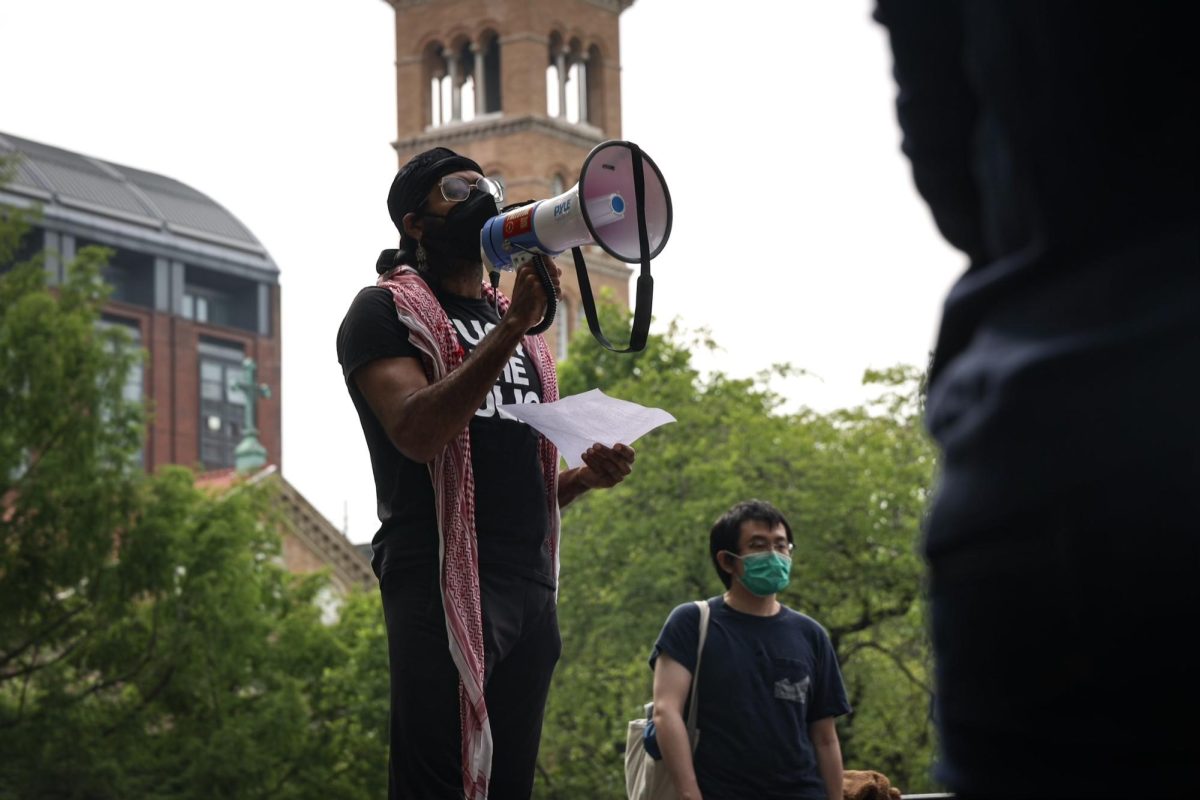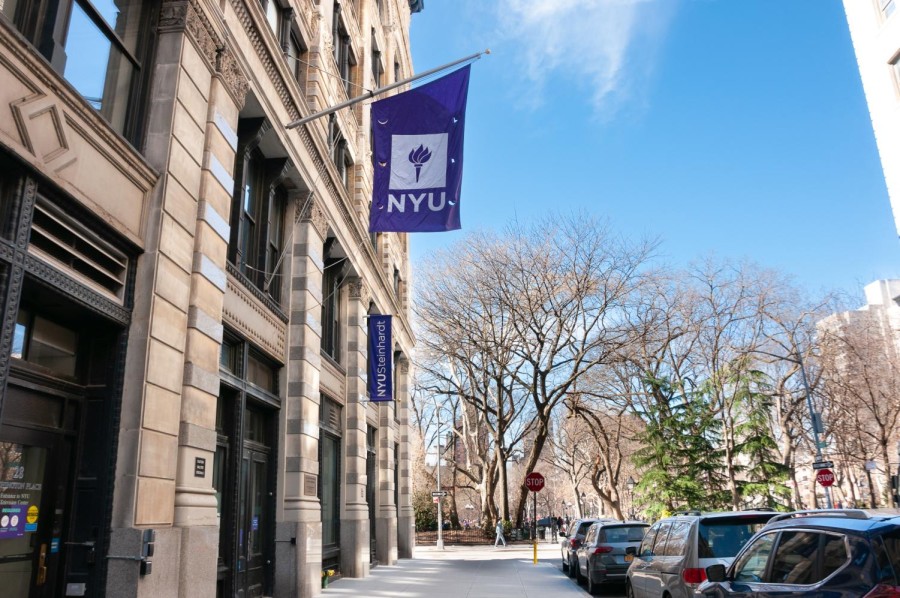Opinion: U.S. media coverage of international news is half-baked
American newspapers take a sensationalized approach to covering global affairs, and it is polluting the identity of developing nations.
“Riotsville, U.S.A.” by Sierra Pettengill is a documentary narrating law enforcement brutality during the civil rights movement. (Illustration by Vedang Lambe)
September 13, 2022
Another summer has passed, and the United States continues to grace the world with its unsolicited, international involvement. As a global superpower, the United States continuously makes and reverses decisions that influence the world. American media, thus, has an inordinate amount of power to represent the rest of the world however it wants.
As an international student from India, I’m often questioned about the articles written by The New York Times about my country. I find that the newspaper’s reporters incite a slew of opinions and allegations against India that are in line with stereotypes that Americans already associate with the subcontinent — they picture diseased children and mountains of slums and assume that is all India is.
The international media coverage by influential countries like the United States is some of the only news representation that many countries — namely developing nations — receive. Global opinions and sentiments surrounding such countries are crafted by that coverage, shaping the way the world understands those places. Journalists often joke that “If it bleeds, it leads,” suggesting that calamity and crisis drive their stories. This rings true in the reporting on international countries in the United States, as an overwhelming amount of the exposure those countries get is tied directly to violence and disaster.
It is the responsibility of domestic newspapers in the United States, especially those from influential cities, to assign better funds for well-researched and accurate international coverage. The growing diversity in the United States should be reason enough to cover international news with greater frequency and depth. As media interest in international coverage dwindles, the rare pieces that American newspapers publish are unfortunately biased because they lack a nuanced understanding of cultures that are not their own.
The consistent distortion of international news forces a one-dimensional perspective on readers, reducing entire countries to their worst moments. In the context of NYU, which boasts a 22.2% international student population, American media coverage increases the risk of international students being subjected to stereotypes about their country. With increased conversations about representation, it becomes all the more important for students to get their news from sources that do accurate coverage of other countries — countries their classmates are from.
The authority and influence that the United States has over the rest of the world put its news organizations in a unique position of power and responsibility. It is their moral obligation to approach international coverage sensitively. They must move past their assigned stereotypes and accept other countries as nations that exist beyond their respective calamities.
The world is tired of America playing our global paperboy. The underlying condescension in their international coverage is yet another testament to their savior complex. Approaching international coverage with greater sensitivity and knowledge is one of our greater tools to passively combat American exceptionalism, inherent racism and xenophobia in this country.
WSN’s Opinion section strives to publish ideas worth discussing. The views presented in the Opinion section are solely the views of the writer.
Contact Aksha Mittapalli at [email protected].















































































































































